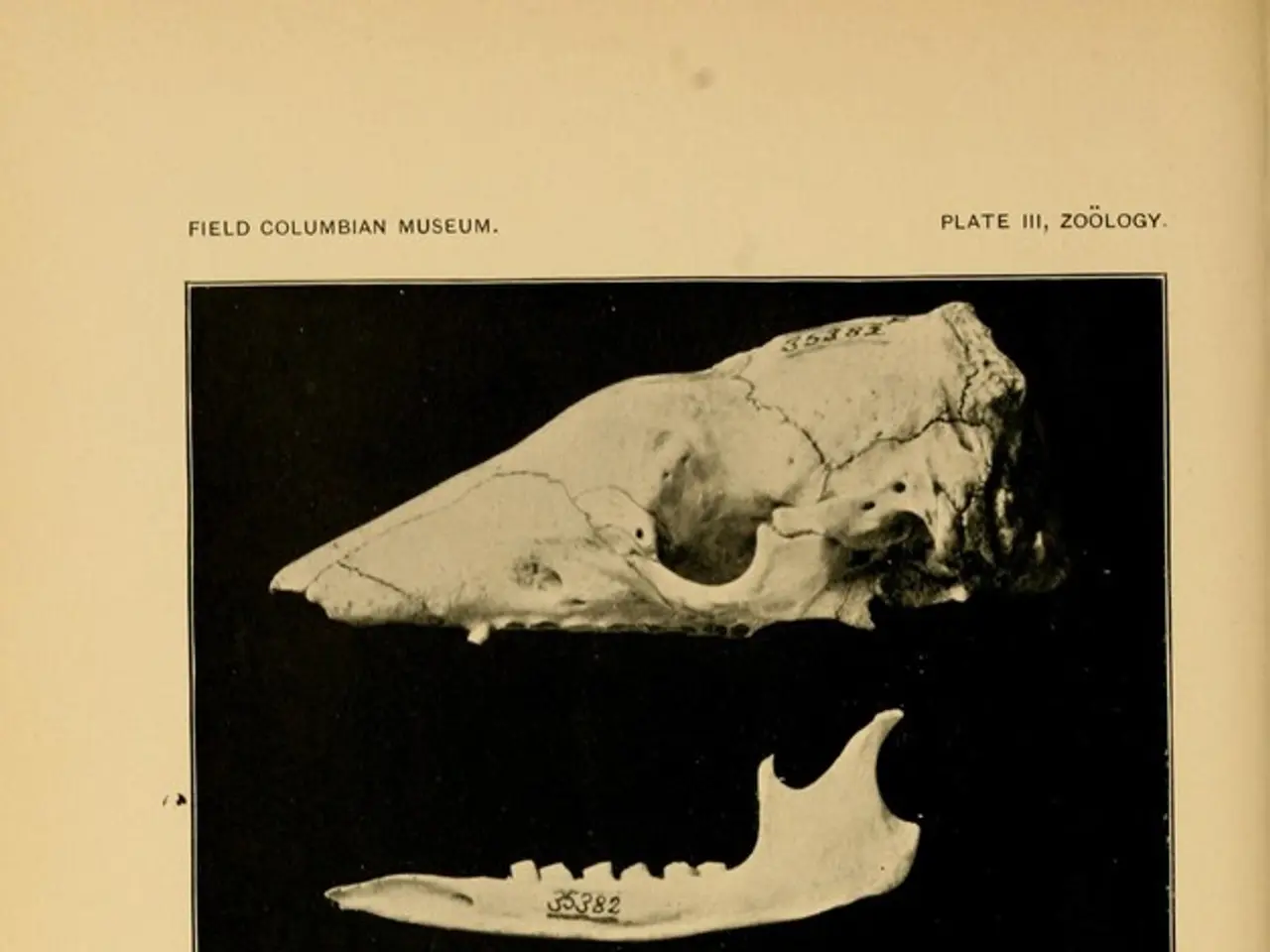Exploring the Mysteries of Snife in Science: Deciphering an Intriguing Idea
In the realm of scientific terminology, the term "Snife" has been a subject of curiosity for some. However, a thorough investigation reveals that "Snife" does not hold a recognized significance in mainstream scientific literature.
Despite its mystique, "Snife" is not a standard term in fields such as mineralogy, biology, or chemistry. In fact, it appears to be a typographical error, niche jargon, or a non-scientific term, as suggested by some sources.
However, in the world of social media, "Snife" has been casually mentioned without any scientific context. But what does "Snife" truly represent in the scientific community?
Contrary to the misconceptions, "Snife" is a unique concept in science that refers to a specific phenomenon or process observed in molecular interactions, particularly in biochemistry and molecular biology. It encompasses the unique behavior of certain molecules when they interact with their environment, most commonly when they bind to proteins or other biological structures.
"Snife" is not just about data synthesis like systems theory. It encourages collaboration among different scientific disciplines and the use of dynamic models that adapt to new data. It is influenced by advances in technology, such as artificial intelligence and machine learning, which may enhance our understanding of molecular behavior.
"Snife" has a rich historical context, tracing back to the early days of data science, where researchers recognized the need to make sense of vast quantities of information. It is being applied in various fields, from environmental studies to drug design, genetic research, and understanding diseases.
In environmental studies, "Snife" can help understand the multifactorial impacts of pollution by combining atmospheric data, health records, and economic statistics. City planners can utilize "Snife" to analyze traffic flow, population density, and public transportation usage to develop more efficient urban environments.
In the field of health, "Snife" is being used to analyze patient records and clinical trial data for better patient outcomes. It can also be used to monitor soil health and detect diseases in crops, enhancing yield and sustainability in agriculture. Moreover, it has the ability to identify diseases based on breath samples.
Understanding "Snife" can have a wide range of applications in different scientific fields, such as pharmaceutical development, genomics, and environmental science. It can detect pollutants in the air and water, helping scientists develop strategies to combat environmental degradation.
In conclusion, while "Snife" may not have a recognized scientific definition or significance based on available evidence in mainstream scientific literature, it is a concept with a growing presence and potential in various scientific fields. If you have seen this term in a specific scientific or technical context, providing that context may help clarify its usage.
- Initially, "Snife" did not appear to hold a recognized importance in mainstream scientific fields like biology, chemistry, or mineralogy.
- Currently, "Snife" is known as a unique phenomenon or process observed in molecular interactions within biochemistry and molecular biology.
- In environmental studies, "Snife" is used to analyze various factors including atmospheric data, health records, and economic statistics to understand the multifactorial impacts of pollution.
- In the realm of health and wellness, "Snife" is being used to analyze patient records and clinical trial data to improve patient outcomes.
- The advancement of technology, such as artificial intelligence and machine learning, has the potential to enhance our understanding of molecular behavior through "Snife".




